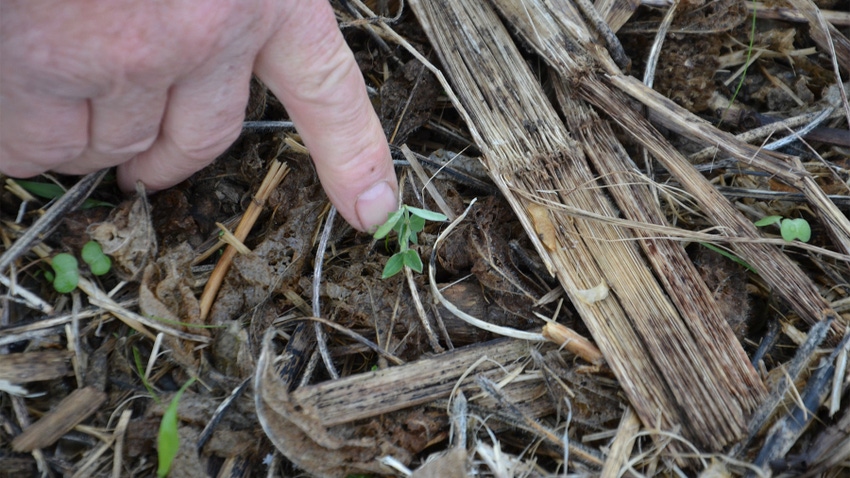January 2, 2024

Late winter will be spent getting ready for the coming year and plant ’24. The planter is in the shop getting updated, seed is being delivered, and grain is being hauled to fill contracts. Harvest ’24 and spring ’25 might be the farthest things from your thought process right now. Yet decisions made in February will impact actions in October and the following April. Considering alternatives and making decisions now are critical if you are on a soil health journey.
Farmers on a soil health journey will point to the importance of a long-term plan to the success of soil health. Like any other successful business venture, you need short-term goals, long-term goals and a vision of where and what you want your farm to be. If your farming operation is multigenerational, this can assist with the transition between generations and help keep everyone on the same page. It is imperative that all generations have buy-in on where they see the future of the farm.
Cover crops
As you consider adding cover crops or expanding their use, develop a priority list of why you want to use cover crops. Erosion control, weed suppression and nitrogen production are all viable reasons to use cover crops. Species selection will change based on your primary goals. List farm- or even field-specific goals. Commit the plan to paper so you can track progress.
You spend a lot of time planning your cash crop. Likewise, you should also spend some time planning your cover crop. Treat your cover crop like a cash crop. Do some research into what cover crops can do for your soils.
Select high-quality seed from reputable seed producers and dealers. Consider varieties of cover crops, such as Elbo cereal rye, that will mature faster. If you are interested in planting green, plan your varieties of cover crops so you’re planting when you need to plant, and terminating the cover when you want to terminate it.
Seeding timing
How do you intend to plant cover crops this fall? If you want to drill them after harvest, when you plant your cash crop and what variety or hybrid you use are critical. Perhaps consider a cash crop with a shorter maturity than you planted before.
Do you have the capacity to harvest corn early and dry it so you can get covers planted earlier? Is it important enough to make the capital investment in a grain system with more capacity?
Soil health is a system that requires spending some time planning, record-keeping and looking down the road to the next harvest, the next cover crop planting and even the next planting season for cash crops, over a year away. This plan will keep you on the journey toward improved soil health on your farm. For assistance on that journey, contact your local Natural Resources Conservation Service or soil and water conservation district office.
About the Author(s)
You May Also Like






